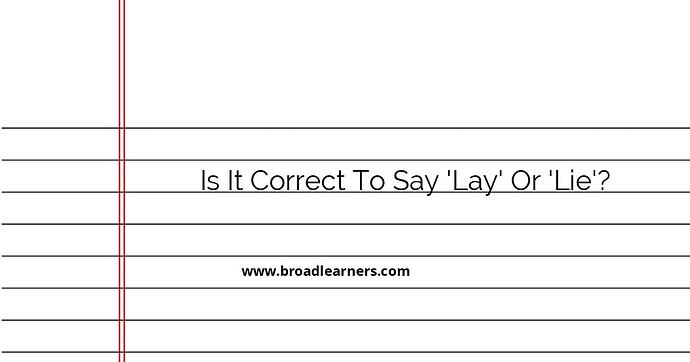Understanding when to use 'lay' versus 'lie' can be confusing because both words involve some form of reclining or resting. However, there is a distinct difference in their usage based on whether there is an object involved.
'Lay' is a transitive verb, which means it requires a direct object to act upon. It involves putting or placing something down.
'Lie', on the other hand, is an intransitive verb, which means it does not require a direct object. It simply means to recline or rest in a horizontal position.
Let's break down the usage of 'lay' and 'lie' with examples:
1. Lay
'Lay' is used when you are setting or placing something down. It always requires a direct object.
- Present Tense
- Correct: Please lay the book on the table.
- Incorrect: Please lie the book on the table.
- Past Tense
- Correct: She laid the baby down for a nap.
- Incorrect: She lied the baby down for a nap.
2. Lie
'Lie' is used when you are reclining or resting without an object being acted upon.
- Present Tense
- Correct: I need to lie down and rest.
- Incorrect: I need to lay down and rest.
- Past Tense
- Correct: Yesterday, she lay in the sun for hours.
- Incorrect: Yesterday, she laid in the sun for hours.
By understanding the difference between 'lay' and 'lie' based on the presence or absence of a direct object, you can use these words correctly in your writing and speech.
Did I miss anything? Respond below
